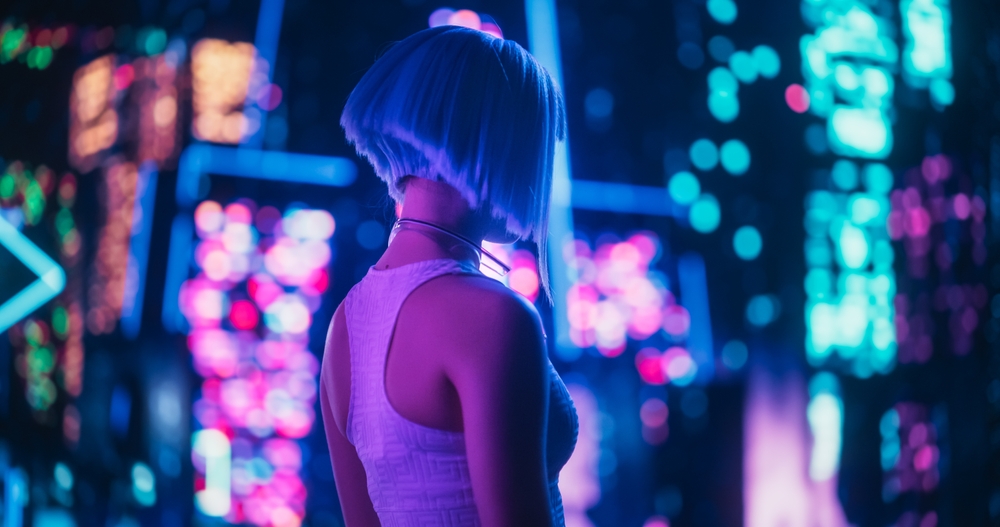Delving into the Aesthetics of Cyberpunk in Contemporary Cinema
In recent years, the aesthetic of cyberpunk has been carving a significant niche within contemporary cinema. Once an obscure subgenre of science fiction, it is now at the forefront of some of the most critically acclaimed films of the 21st century. This article will delve into the history, current trends, and cultural impact of cyberpunk aesthetics in modern filmmaking.

Roots and Emergence of Cyberpunk Aesthetics
The term “cyberpunk” was first coined in the 1980s by science fiction writer Bruce Bethke. It was a fusion of “cybernetics” and “punk,” capturing the essence of a dystopian future dominated by advanced technology and societal decay. Early cyberpunk works like Ridley Scott’s “Blade Runner” (1982) and Katsuhiro Otomo’s “Akira” (1988) laid the foundation for the aesthetic, characterized by neon-lit cityscapes, high-tech low-lives, and a prevalent sense of social and technological anxiety.
The Cyberpunk Surge in 21st Century Cinema
In the 21st century, cyberpunk aesthetics have surged within mainstream cinema, finding a place in a variety of film genres. From the philosophical musings in “The Matrix” trilogy to the dystopian future depicted in “Minority Report” and the visually stunning “Ghost in the Shell” adaptation, the influence of cyberpunk aesthetics is increasingly evident. The current wave of cyberpunk cinema is marked by a blend of advanced CGI techniques and traditional film-making practices, creating an immersive and thought-provoking viewing experience.
Impact and Reception of Cyberpunk Aesthetics
The adoption of cyberpunk aesthetics has significantly influenced contemporary cinema, challenging filmmakers to push technical boundaries and explore complex themes of identity, control, and the role of technology in society. This has also led to an evolution in audience preferences, with an increasing appreciation for films that combine stunning visuals with thought-provoking narratives.
The Future of Cyberpunk Aesthetics in Cinema
As we move further into the 21st century, the relevance of cyberpunk aesthetics is likely to grow. The intersection of technology and society, a central theme in cyberpunk narratives, is more pertinent than ever in our increasingly digital age. With advancements in filmmaking technology, the aesthetic possibilities for cyberpunk cinema are boundless.
In conclusion, the rise of cyberpunk aesthetics in contemporary cinema is not just a trend, but a reflection of our evolving society. Its influence on filmmaking extends beyond mere visual appeal, encouraging a deeper exploration of the human condition amidst technological advancement. As we look to the future, it will be fascinating to observe how this aesthetic continues to shape the cinematic landscape.






